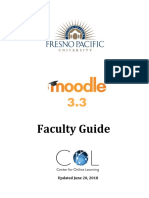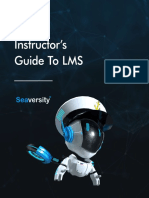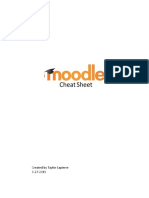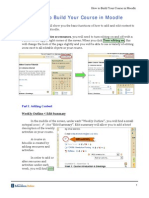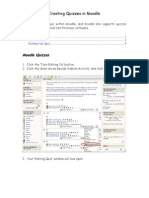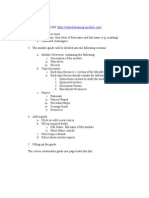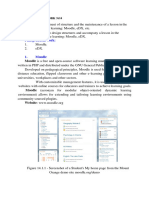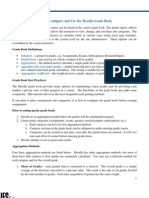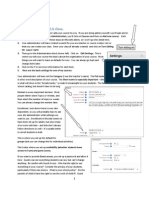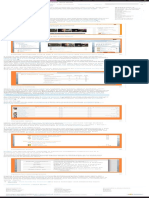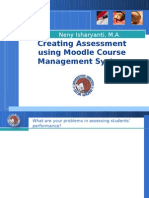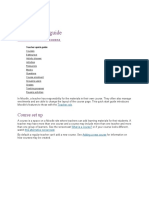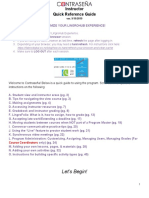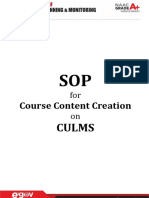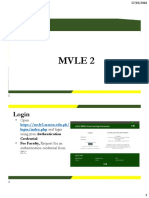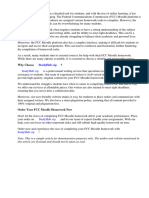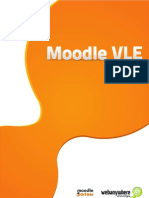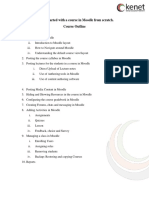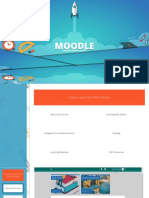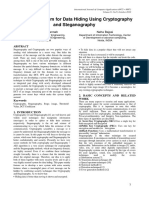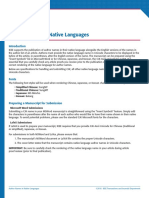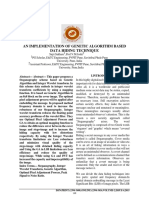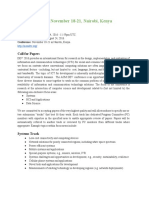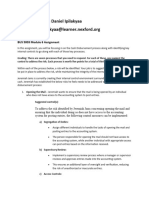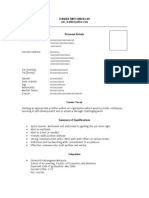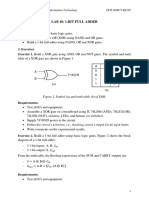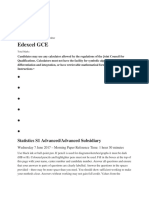0% found this document useful (0 votes)
111 views12 pagesMoodle Lecture Upload Guide
The document provides instructions for adding lectures, hiding and showing resources, configuring the gradebook, and adding quizzes and assignments in Moodle. Key steps include uploading lecture notes, hiding or showing activities by editing their settings, creating grade categories and weights, and adding questions to quizzes from the question bank or by creating new questions.
Uploaded by
Kamau GabrielCopyright
© © All Rights Reserved
We take content rights seriously. If you suspect this is your content, claim it here.
Available Formats
Download as DOCX, PDF, TXT or read online on Scribd
0% found this document useful (0 votes)
111 views12 pagesMoodle Lecture Upload Guide
The document provides instructions for adding lectures, hiding and showing resources, configuring the gradebook, and adding quizzes and assignments in Moodle. Key steps include uploading lecture notes, hiding or showing activities by editing their settings, creating grade categories and weights, and adding questions to quizzes from the question bank or by creating new questions.
Uploaded by
Kamau GabrielCopyright
© © All Rights Reserved
We take content rights seriously. If you suspect this is your content, claim it here.
Available Formats
Download as DOCX, PDF, TXT or read online on Scribd
/ 12

